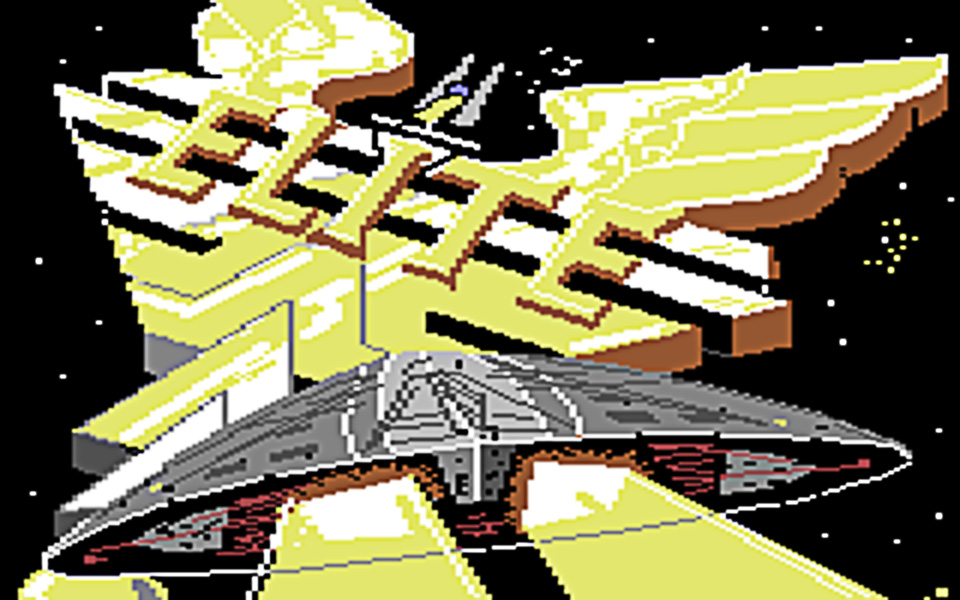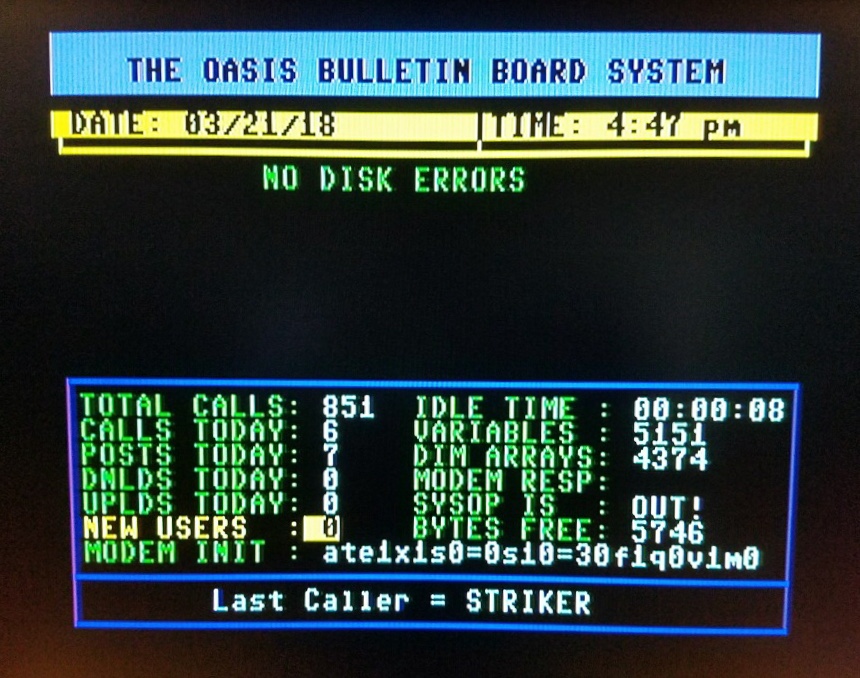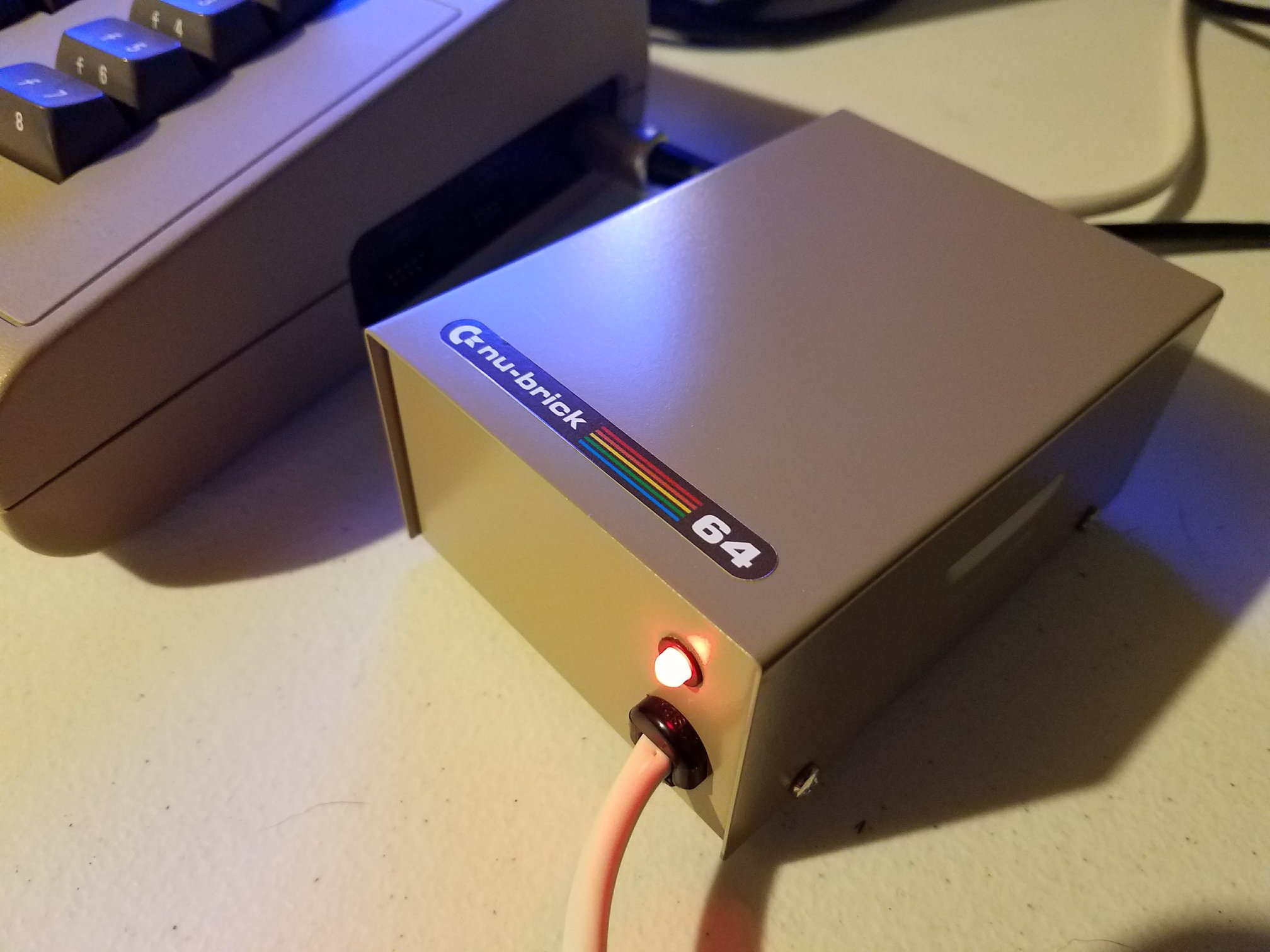September 20th, 2024, marked the 40th anniversary of Elite, the groundbreaking 3D space trading and combat game created by Ian Bell and David Braben. First released for the BBC Micro in collaboration with Acornsoft, Elite revolutionized gaming by combining advanced 3D graphics with deep gameplay elements, setting a new standard for space simulations.
Development of Elite spanned two years, initially starting as a pure 3D arcade game with no trading mechanics. The game was written in assembly language, which allowed for efficient, compact coding—a necessity given the limited memory of early computers. One of the last features added was the innovative 3D radar display, which was fitted into the few remaining unused bytes of memory.
The BBC Micro version’s commercial success ignited a bidding war for the rights to publish Elite across other platforms, a contest ultimately won by Telecomsoft, the software arm of British Telecom. Ports of Elite for other home computers using the 6502 microprocessor were handled either by Bell or the duo of Bell and Braben, ensuring consistency across platforms.
The Commodore 64 port introduced some unique elements, most notably “Trumbles,” creatures inspired by the tribbles from Star Trek: The Original Series. The C64 version also included a musical Easter egg—when the docking computer was activated, it played a rendition of “The Blue Danube” waltz, a nod to Stanley Kubrick’s iconic space docking scene from 2001: A Space Odyssey.
Other ports offered distinct variations as well. The ZX Spectrum version, programmed by Torus, featured an exclusive supernova mission not found in the original. Meanwhile, the Amstrad CPC version, developed with limited resources, included refinements like the “supernova rescue” and “cloaking device” missions but lacked certain ships found in other versions. Developer Ricardo Pinto shared that his team had only a 6502 hex dump from Braben and Bell to work with, forcing them to reverse-engineer much of the game by playing the BBC Micro version.
Converting Elite to more powerful 16-bit systems like the Amiga and Atari ST presented new challenges. Rob Nicholson, the lead programmer for these versions, faced contractual issues that prevented access to the original source code. He had to develop the game “blind,” relying solely on ship designs and procedural generation code for the galaxies.
In 1991, Elite Plus was released for DOS, enhancing the original game with EGA, VGA, and MCGA graphics. Coded entirely in assembly by Chris Sawyer, who would later gain fame for RollerCoaster Tycoon, Elite Plus represented a significant visual upgrade over the 1987 CGA version.
The Acorn Archimedes version, ArcElite, also released in 1991, was praised for pushing the boundaries of the original game. Written by Warren Burch and Clive Gringras, ArcElite introduced intelligent opponents who engaged in their own skirmishes and more interactive police forces. The game also leveraged the more advanced hardware of the Archimedes to replace wireframe graphics with polygon mesh models, making it one of the most visually advanced versions of Elite. ArcElite was released for free in 2006 by The Icon Bar website.
While versions for the Sega 32X and Mega Drive were in development, these projects were ultimately canceled due to Sony backing out and a lack of a publisher. However, a ROM image of the Mega Drive demo was later released online by co-creator Ian Bell.
In celebration of Elite’s 40th anniversary, Ian Bell has added additional resources to the Elite Archive, including previously unreleased versions of Elite for Apple, Atari, C64, NES, SNES (unfinished), and BBC Micro Elite II (unfinished). This contribution continues to honor the legacy of a game that shaped the future of space simulation and remains a landmark in gaming history.
Elite is also available for download via My Abandonware.com.








